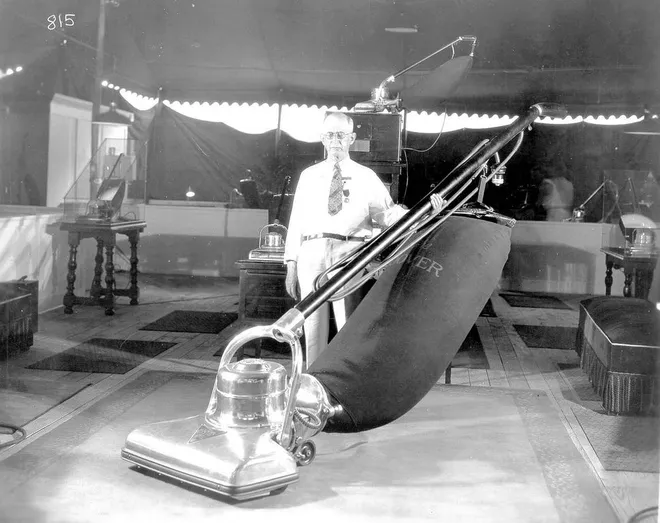It all started with a sneeze. Or rather, a wheeze. James Murray Spangler, a janitor working in Ohio during the early 1900s, found himself constantly suffering from asthma attacks while cleaning. The culprit? Dusty carpets and old broomsticks that did more to stir up grime than remove it.
But Spangler didn’t just grumble about his situation. He did something extraordinary. Using parts from everyday household items, he built the very first prototype of what we now know as the modern vacuum cleaner. His invention didn’t just ease his breathing it changed home cleaning forever.
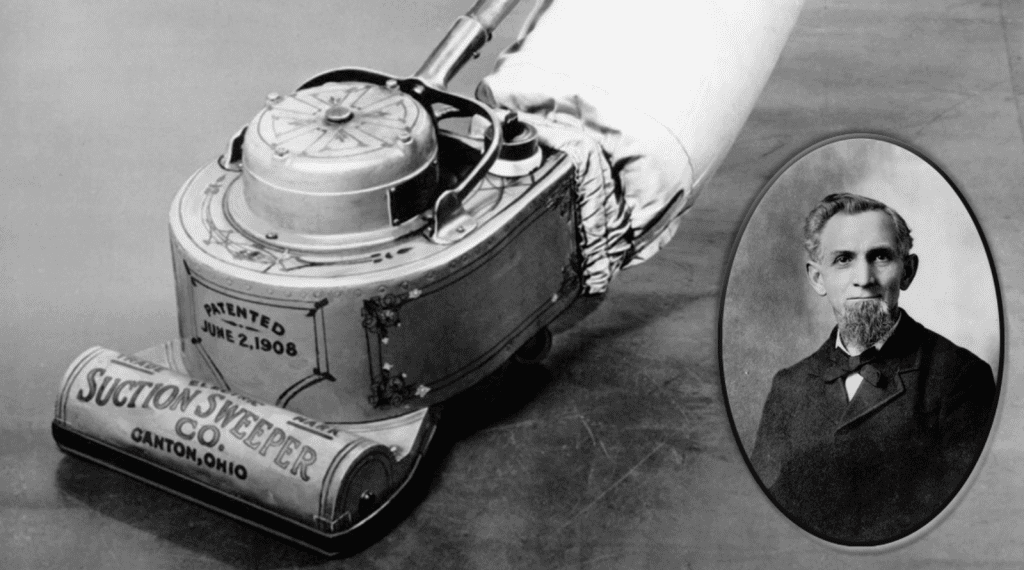
A Humble Beginning with a Powerful Idea
Born in 1848, James Spangler led a quiet life, working various jobs including that of a janitor at a department store. His health, especially his asthma, was always a challenge. Each day, sweeping floors filled the air with fine dust, triggering severe respiratory reactions. But instead of accepting discomfort as a part of life, he began tinkering.
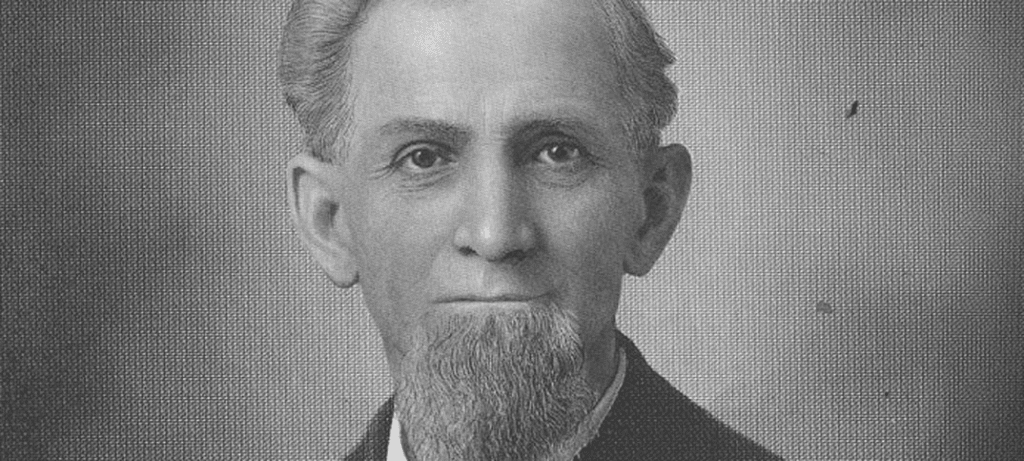
Using a soap box, a fan motor, a pillowcase, and a broom handle, Spangler pieced together a crude yet effective suction device. It didn’t look like much, but it worked. More importantly, it solved the problem that had plagued him for years.
Realizing the potential, he applied for a patent in 1908 a move that would launch a legacy far beyond what he could have imagined.
Video:
Who Invented the Vacuum Cleaner?
The Hoover Connection That Made History
Spangler shared his invention with a family member his cousin Susan Hoover. Her husband, William Henry Hoover, was a leather goods manufacturer at the time. When he saw the vacuum cleaner prototype, he immediately recognized its commercial potential.
Hoover purchased the patent and brought Spangler on board to help refine the design. With Hoover’s resources and business savvy, and Spangler’s inventive spirit, they turned the dusty prototype into a sleek, functional machine that would soon become a household essential.
The company that followed The Hoover Company would go on to become one of the most recognized names in home appliances for generations.
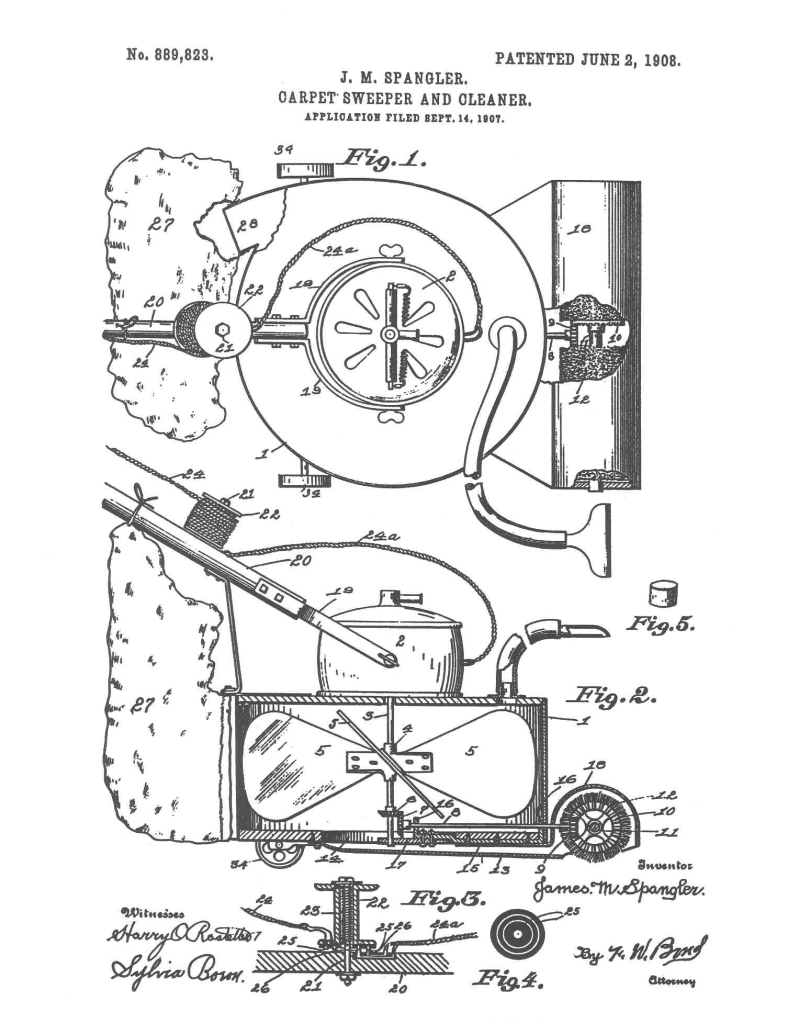
The Power of Marketing and Trust
Hoover didn’t just build a better vacuum. He pioneered a unique and aggressive marketing strategy that helped push the vacuum cleaner into American homes. One of his most successful tactics was offering customers a 10-day free trial. If they weren’t satisfied, they could return the machine at no cost.
This approach worked wonders. Door-to-door salesmen demonstrated the product’s capabilities right in people’s homes. For families used to using brooms and carpet beaters, seeing the Hoover vacuum effortlessly suck up dirt and debris was a game-changer.
By removing the financial risk and showing the product in action, Hoover turned skeptics into believers. The vacuum cleaner wasn’t just a luxury anymore it became a necessity.
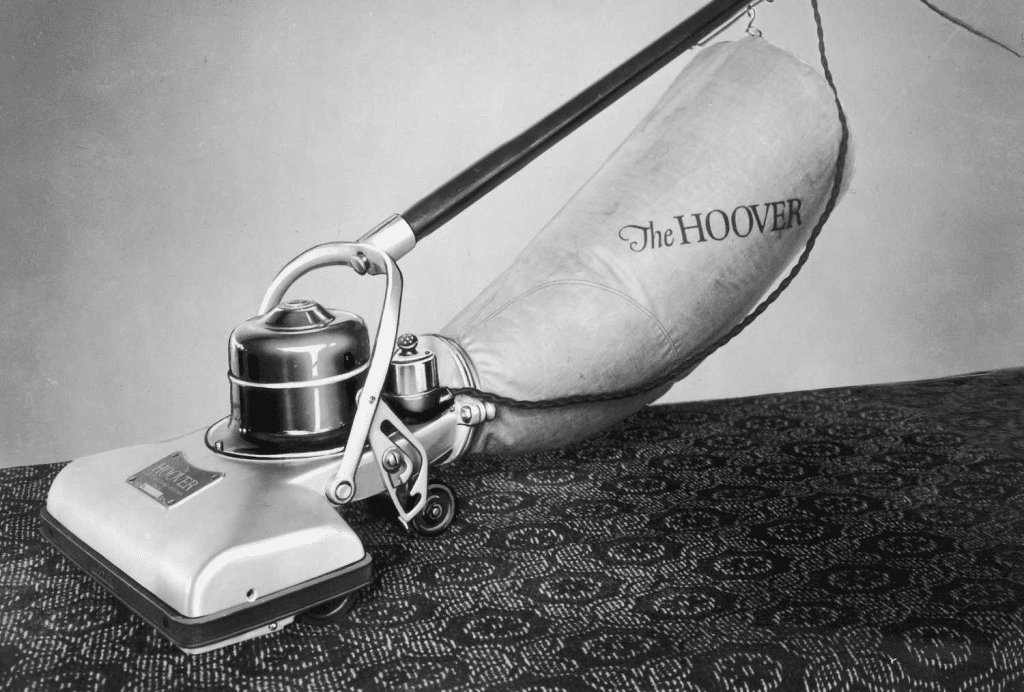
From Janitor to Innovator
Although Spangler passed away in 1915, just a few years after selling his patent, his name lives on in every home that enjoys the convenience of modern cleaning. His leap from janitor to inventor reminds us that innovation can come from anyone, anywhere, and often begins with solving a very personal problem.
Video:
The Secret Life of the Vacuum Cleaner – Remastered
Spangler didn’t have a team of engineers or a research lab. What he had was an idea, some spare parts, and the determination to make life a little easier not just for himself, but eventually for millions of people.
A Lasting Legacy Under Every Carpet
Today, vacuum cleaners are everywhere. They’ve evolved with technology from upright models to handheld devices, to robotic vacuums that map your living room floor. But they all trace back to Spangler’s dusty department store and his homemade solution.
Thanks to his invention and Hoover’s vision, a mundane chore became manageable. What once required hours of physical effort now takes just minutes. And with every cleaned carpet and every clear breath, James Spangler’s legacy lives on.
In a world that often celebrates big ideas from big places, his story is a refreshing reminder that sometimes, the most impactful innovations start with a single sneeze and a simple need.
